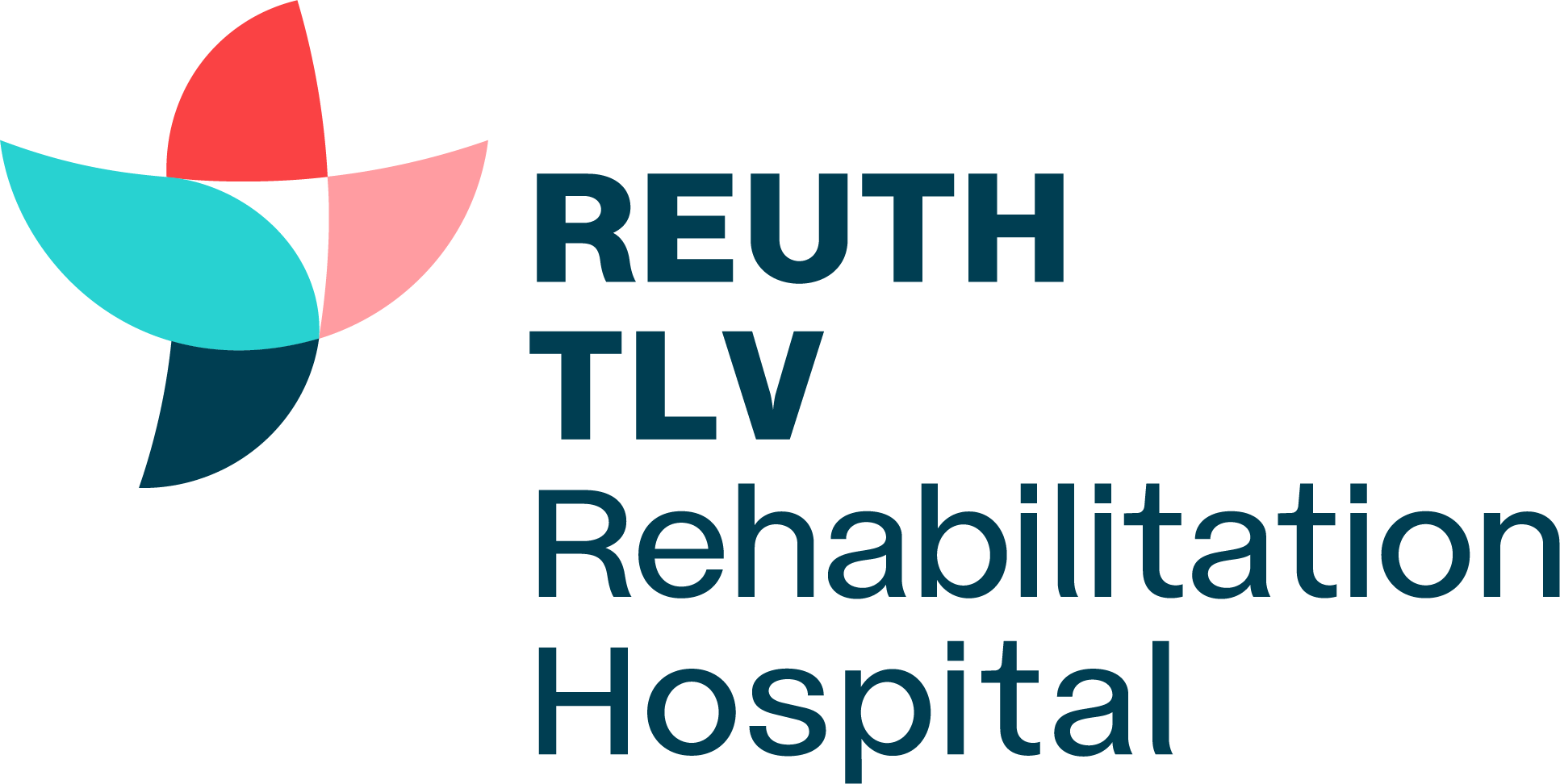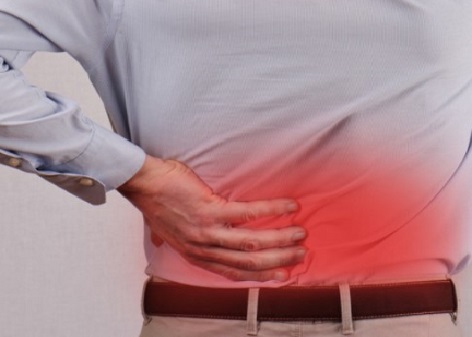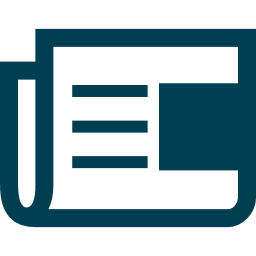Complaints of lower back pain are the most common complaints in regard to pain. Almost all of us will have pain in that area during our lifetimes, which also constitutes the main cause of missing workdays (some 10-15% of sick days are due to back pain). Lower back pain is most prevalent during the working years, for the most part occurring for the first time in our 40s and thereby leading to financial and functional harm to the individual and to the economy.
The lower back is the lower part of the back under the rib cage. This area includes the lumbar and pelvic spine, which bears most of the body weight. It includes vertebrae and muscles responsible for the stability of the body and movement of the torso. Furthermore the large nerve endings are incorporated within this system and are responsible for movement and sensation in the lower limbs, for functioning of the sphincter, urinary tract and sexual functions.
Types of lower back pain
Lower back pain can be divided into two types: acute pain and chronic pain.
Acute pain: pain that continues for several days or weeks. This pain passes after a certain time even without any treatment whatsoever. It is possible that a lengthier period of time will be required until the pain passes completely.
Chronic pain: Some 20% of the cases of acute pain continue for more than three months even with treatment for the cause, and this then becomes chronic pain.
Although back pain could be continuous this is not necessarily a grave or dangerous medical situation. In any event it is important to receive medical advice in order to assess the nature of the pain, its causes and the methods of treatment.
The reasons for lower back pain
There are many and diverse reasons for lower back pain, most of them are dependent on us – lifting heavy weights, stretching or sharp movements, prolonged sitting, lack of movement and inferior physical activity, trauma, over exertion, obesity.
Additional reasons for lower back pain include scoliosis, pressure on the nerve endings passing between the back vertebrae due to a herniated disk or sciatica, acute renal inflammation (which could radiate and be expressed as back pain), inflammation of the joints, osteoporosis and fractures of the spine, an aortic aneurysm (can also radiate and be expressed as back ache), malignant or benign tumours etc.
How can we reduce the probability of suffering from lower back pain?
As the majority of the causes of back pain are related to us and our daily activity, we can reduce the probability of suffering from lower back pain by several methods:
Maintaining a healthy and active lifestyle including regular physical activity, maintaining a good weight, ensuring movement of the torso and stretching throughout the day, abstaining from prolonged sitting, ensuring a ergonomic work environment, lifting heavy weights in a calculated and planned fashion, stopping smoking etc.
When is it recommended to visit a physician due to lower back pain?
When this is a sharp pain accompanied by a temperature or general weakness
- The pain is acute and is not alleviated by rest
- The pain spreads to the lower limbs and causes a feeling of tingling, pins and needles or numbness in the legs.
- The pain is accompanied by a unexplained decrease in weight
- The pain interferes with execution of daily activities
- The pain worsens over time
- Medical assistance is required to cope with the intensity of the pain
What is the recommended treatment for lower back pain?
The treatment for lower back pain is comprised of several factors – finding the cause of the pain, the solution, the treatment of the pain itself and treatment of additional factors which would have an effect on the pain.
When you arrive for a medical examination for assessment due to lower back pain the physician will characterize the pain with your help and additional factors that could explain it. The physician shall carry out a physical examination to find the cause of the pain and it is possible that he will ask you to carry out blood tests or additional imaging tests in order to reach an accurate diagnosis.
The treatment will be derived from the causes of the pain. The majority of back pains pass alone within several days to weeks. You can use common pain killers such as Optalgin, Acamol or Ibuprofen.
In most of the cases rest is not recommended, but rather it is recommended to continue to move the back in moderate activity within the limitations of the pain in order to maintain movement, to strengthen the erector spinal muscles of the back and the core body muscles, and to attain a good weight.
Sometimes it is necessary to develop an integrated treatment program for the pain. The patient, together with physicians and the team of therapists, will customize the treatment in order to achieve the optimal and most efficient alleviation of the pain with the accompanying limitations.
The program can includes a large number of treatment options for the various components of the pain such as:
- Treatment to strengthen the muscles and maintain the movement ranges – physiotherapy, hydrotherapy, physical exercises such as yoga, Pilates, Feldenkrais etc.
- Treatment to improve daily functioning with the help of an occupational therapist.
- Treatment for musculoskeletal pain with the help of heating or cooling the painful area, dry muscle needling (Western medicine), acupuncture (Chinese medicine), stretching.
- Customization of medicinal treatment for the pain – painkillers, muscle relaxants, narcotic medications and medications for treatment of nerve pain are some of the options for alleviating strong continuous pain.
- Emotional aid for coping with the pain and its regulation by CBT treatment, psychological therapy, music or art therapy etc.
- Invasive medicinal treatment by injecting steroids and anti-inflammatory drugs into the area of the spinal cord in necessary after consultation with a pain physician.
- Implant of a spinal cord stimulator for regulation and good order of nerve activity of the nerves of the spinal cord in the lower back.
- Treatment by surgery in the event that there is permanent structural pressure on the spinal cord.
The information presented in this article is general. It does not constitute medical advice or replace consultation with a physician. It should not be regarded as a recommendation or an alternative for medical treatment.
The information presented in the English website is partial. For full info please visit our Hebrew website
(image is for demonstration purposes unsplash)

 donation
donation 




“Reuth Information Center”, All rights reserved to Reuth rehabilitation hospital. Reuth Information Center is an informational site only. All information on the Website is not a replacement or a substitute for medical, legal, economic, consumer, financial or other advice and any use of the information on the Website is solely the responsibility of the User. Surfing is subject to Terms of Use.